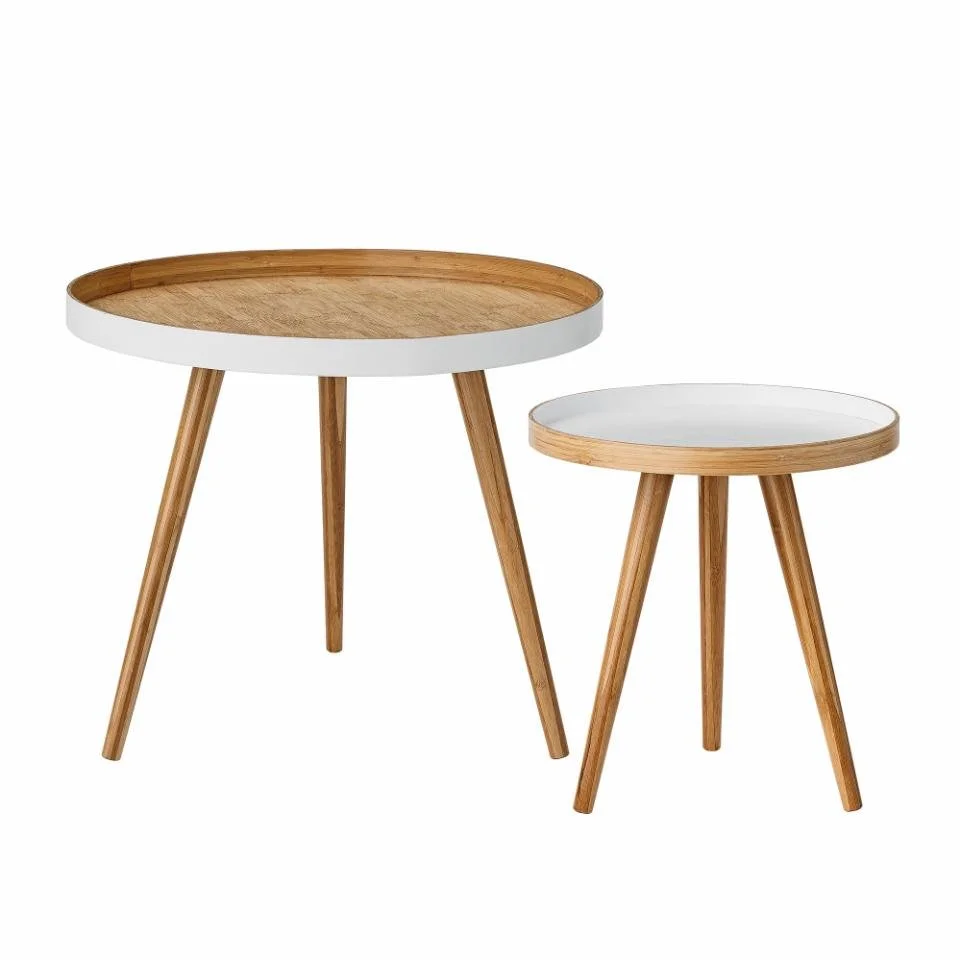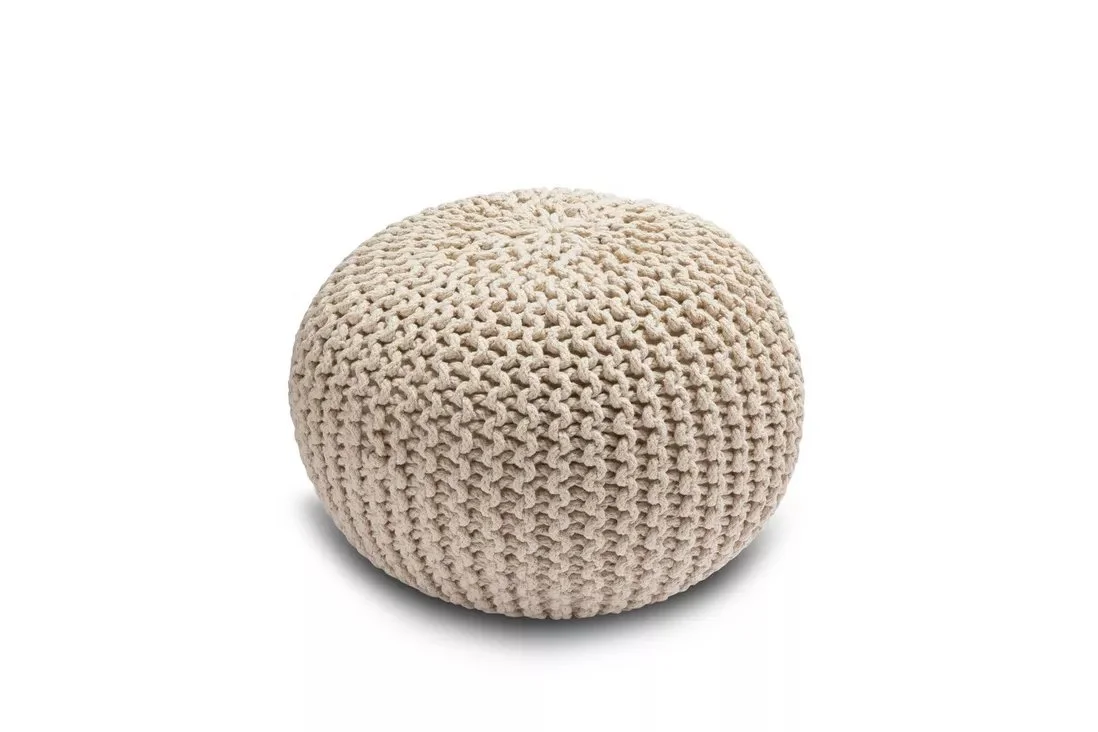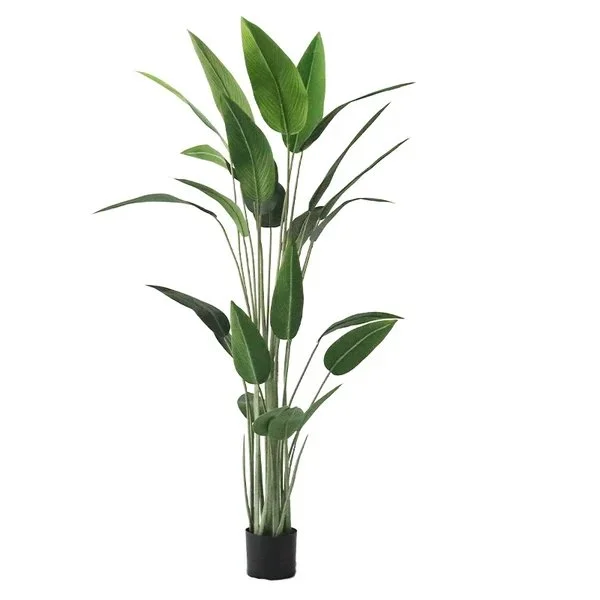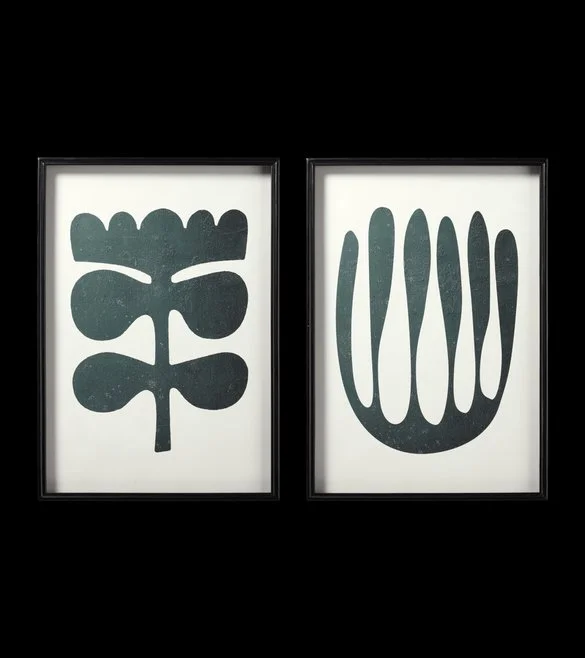A deep dive into Scandinavian Interior Design
Introduction
The ethos of this ever-popular style, developed in the 30s in Scandinavian countries, was this. Cut back to the essentials and do so without sacrificing style. So practical and stylish. This type of home design will therefore look clean, fresh, informal, and uncluttered, but on the flip side warm, cosy and inviting too. So the style emphasises clean linear lines, natural materials and woods with a focus on the outdoors and natural light. Lots of it. So let’s get down to the fundamentals.
Image credit: Hutomo Abrianto
Image credit: Lisa Cohen
Scandinavian interior design is renowned for its minimalistic aesthetic, blending textures, comfort elements, and a soft neutral colour palette reminiscent of the outdoors. While earthy tones dominate, they are complemented by pops of colour to add warmth. This timeless style exudes modernity while maintaining a cosy ambience. Emphasizing simplicity and functionality, the Scandinavian design creates spaces that are both practical and inviting. Its relaxed approach appeals to a wide range of individuals, particularly families with children and pets, as well as those seeking a comforting and welcoming environment without the need for constant fuss. Perfect for entertainers, this style encourages open spaces that foster connections with friends and family.
Image credit: Annie Spratt
Materials
Common materials used for this style include leather, fur, stone, wood and wool knits to create a warm, inviting feel in any room. You can mix these traditional materials with more modern options like concrete, brass and copper. Wood floor with rugs, rugs overlapping other rugs and lots of texture.
Image credit: Bloomingville
Image credit: Debenhams
Key features
Bright, airy with clean lines
Natural light and neutral colours with occasional pops of colour
Mixture of textures such as sheepskin throws, boucle fabrics and warm wood tones
Image credit: The Fabulous Fleece Company
Plants and more plants
Image credit: Homary
Fluffy Cushions mixed with small geometric printed ones or geometric ones
Textures and natural woods, bleached or whitewashed
Furniture that is practical with clean lines and functional - without ornamentation
Natural linen cushions and layered rugs
Botanical art or sharp abstract art
Image credit: Oka
Sleek functional and cosy, textured accents are crucial in Nordic decor. Simplicity with emphasis on function and beauty, minimal, clean yet cosy and influenced by nature.
Scandinavian design has a minimal aesthetic focusing on simplicity and functionality. Little clutter. Natural materials. Window treatments are non-existent or sheer (although this can be hard to achieve in the city or minus degrees in the winter). Letting the outdoors and the natural light flow into the rooms.
Image credit: Cuckooland
Scandinavian Color Palette
Colours often are set on a backdrop of whites with stone/taupes and selections of greys, beiges, browns and often black accents.
Image credit: Vijitash Pandey
One colour often used for softening the scheme is a warm dusty pink:
Finally…
The appeal of Scandinavian interior design becomes evident through its non-offensive yet inviting aesthetic. Its versatility allows for personalization, whether by elevating visuals with touches of luxury or rustic chic, or by incorporating quality mid-century furniture to showcase sophistication and taste. These additions inject personality into the space while maintaining the core principles of simplicity, functionality, and warmth that define Scandinavian design.











